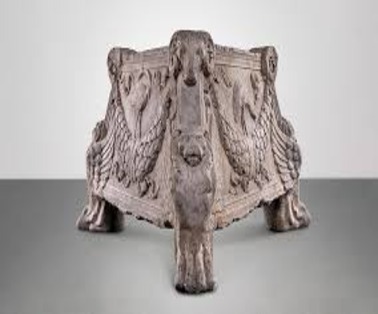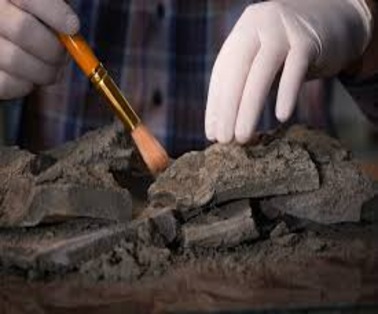An investigation has found that the catalogue of the Metropolitan Museum of Art, New York, includes at least 77 items with links to Subhash Kapoor, who is serving a 10-year jail term in Tamil Nadu for smuggling antiquities.
Key Points On Missing Antiquities
- According to ASI, 292 antiquities have been brought back to India from abroad since 2014 and 13 between 1976 and 2013.
- The ASI’s list of missing antiquities covers 17 states and two Union Territories. It includes 139 from Madhya Pradesh, 95 from Rajasthan and 86 from Uttar Pradesh.
- The Parliament committee flagged that “number of antiquities retrieved” by the ASI from abroad “are not even the tip of the iceberg in comparison to the huge number of antiques smuggled out from the country”.
- Monuments and sites maintained by the ASI is only a “small percentage” of the total number of archaeological sites and monuments across the country.
- The menace of missing antiquities is also illustrated by UNESCO. It estimates that “more than 50,000 art objects have been smuggled out of India till 1989”.
What Are Antiquities?

What Do International Conventions Say On Antiquities?
- Convention on the Means of Prohibiting and Preventing the Illicit Import, Export and Transfer of Ownership of Cultural Property was formulated by UNESCO in 1970
- The Declaration said that “the illicit import, export and transfer of ownership of cultural property is one of the main causes of the impoverishment of the cultural heritage of the countries of origin
- After that, in 2000, the General Assembly of the UN and the UN Security Council in 2015 and 2016 also raised concerns on the issue.
What Do Indian Laws Say On antiquities?
- In India, Item-67 of the Union List, Item-12 of the State List, and Item-40 of the Concurrent List of the Constitution deal with the country’s heritage.
- Before Independence, an Antiquities (Export Control) Act had been passed in April 1947 to ensure that “no antiquity could be exported without license.”
- In 1958, The Ancient Monuments and Archaeological Sites and Remains Act was enacted.
- Then in 1971, Parliament saw an uproar over the theft of a bronze idol from Chamba and some important sandstone idols from other places.
- This, along with the UNESCO convention, prompted the government to enact The Antiquities and Art Treasures Act, 1972 (AATA), implemented from April 1, 1976.
- The AATA states, it shall not be lawful for any person, other than the Central Government to export any antiquity or art treasure
- This licence is granted by the Archaeological Survey of India (ASI).
- After the AATA was implemented, the Centre asked traders in antiquities and art objects to declare their possessions of antiquities by June 5, 1976, and individual owners by July 5, 1976
Can India bring back antiquities?
- There are three categories to take note of: antiquities taken out of India pre-independence; those which were taken out since independence until March 1976, i.e. before the implementation of AATA; and antiquities taken out of the country since April 1976.
- For items in the first two categories, requests have to be raised bilaterally or on international fora.
- For instance, the Maharashtra government on November 10, 2022 announced it was working to bring back the sword of Chhatrapati Shivaji Maharaj from London. This sword was given to Edward, the Prince of Wales (the later King Edward VII) by Shivaji IV in 1875-76.
- Several antiquities, from Vagdevi of Dhar (MP), to the Kohinoor diamond, to Amaravati marbles to the Sultanganj Buddha to antiquities related to Rani Laxmibai and Tipu Sultan, are currently abroad.
- Antiquities in the second and third categories can be retrieved easily by raising an issue bilaterally with proof of ownership and with the help of the UNESCO convention.
National Mission on Monuments and Antiquities
- The mission launched in 2007, mandates preparation of a database of the Indian antiquities.
- Archaeological Survey of India (ASI) is the nodal agency for implementation of activities under NMMA
To Download Monthly Current Affairs PDF Click here
Click here to get a free demo
Everything About CLAT 2025



